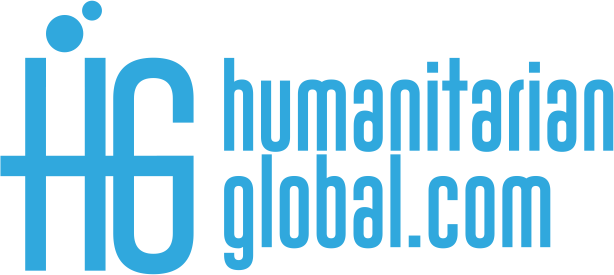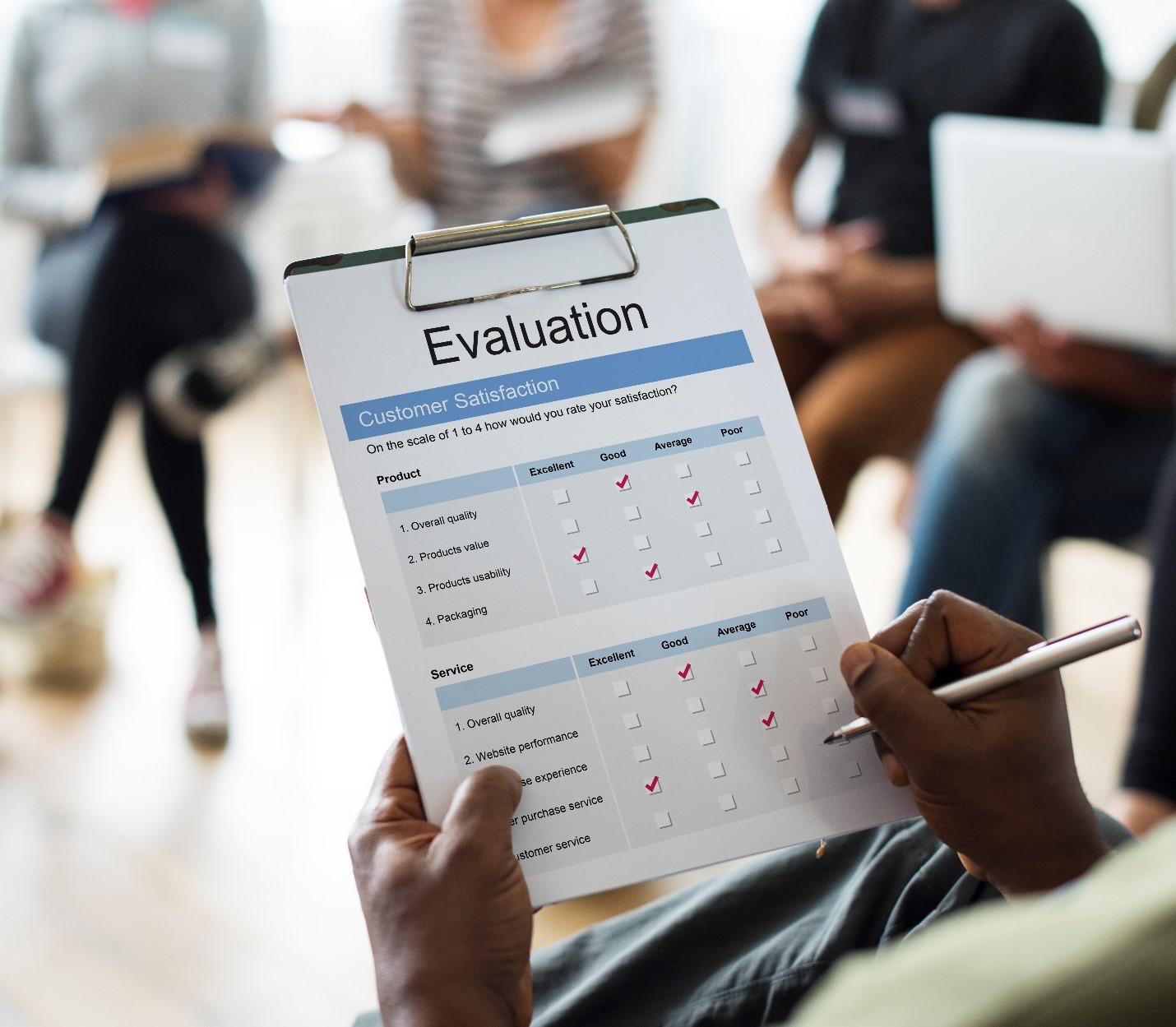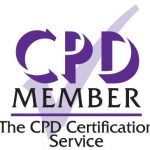Do you plan to write an evaluation report? Are you stumped as to what to include? Here are some elements that should be covered in the document.
- Background
- The evaluation’s context, such as social, political, economic, and institutional factors.
- Identify the most important stakeholders.
- Emphasize the intervention’s current status in terms of execution. Are there any notable differences? (e.g., tactics, plans, logical frameworks).
- Describe the intervention’s logic model/results chain (inputs, outputs, and outcomes).
- Purpose, Objectives, and Scope
- Explain why the evaluation was required (purpose).
- Make the evaluation questions stand out (objectives).
- State the evaluation’s scope, including justifications for what the evaluation does and does not include.
- Describe the evaluators’ chosen evaluation criteria, performance standards, or other criteria.
- Methodology
- Describe the data collecting and analysis methods, as well as the reasons for choosing them and their limits. Where applicable, reference indicators and benchmarks are supplied.
- Describe the data sources you used, why you chose them, and what limits they have.
- Describe the sample frame.
- Provide proof that adequate steps were taken to assure data quality, including evidence that the data-gathering technologies were reliable and valid.
- Ethical considerations, including participant permission, privacy, and confidentiality.
- Findings
- Findings are based on evidence and directly relate to the evaluation criteria and questions provided in the scope and goals section of the report.
- Conclusions and Lesson Learned
- Evaluative judgments based on results and supported by information that provides light on evaluation questions
- Lessons should be more than a recitation of common knowledge. They should be related to lessons learned throughout the review that can be applied to a variety of situations and/or industries.
- Recommendations
- They should be backed up with facts and conclusions.
- They are pertinent to the evaluation’s objectives.
- Each recommendation’s target group is clearly identified.
- They’re actionable, and they demonstrate a grasp of the potential barriers to follow-up.
- Annexes
This could include things like (list not exhaustive)
- Terms of Reference (ToRs).
- A list of the people interviewed and the places visited.
- A list of the documents that were consulted.
- Additional information on the approach, such as data gathering instruments and their reliability and validity.
- Biographical information for evaluators and/or reasons for team makeup.
- Evaluation matrix.
- Results framework.
- Sampling frame.
- Executive Summary
At a minimum, the Executive Summary should cover:
- The evaluation’s goals and target audience.
- The method of evaluation.
- The most crucial results and conclusions
- The most significant recommendations.
To learn more in this field, our Monitoring, Evaluation, Accountability & Learning (MEAL) course equips you with in-depth knowledge aimed at helping you advance your career. Enroll today for a 10% discount!







